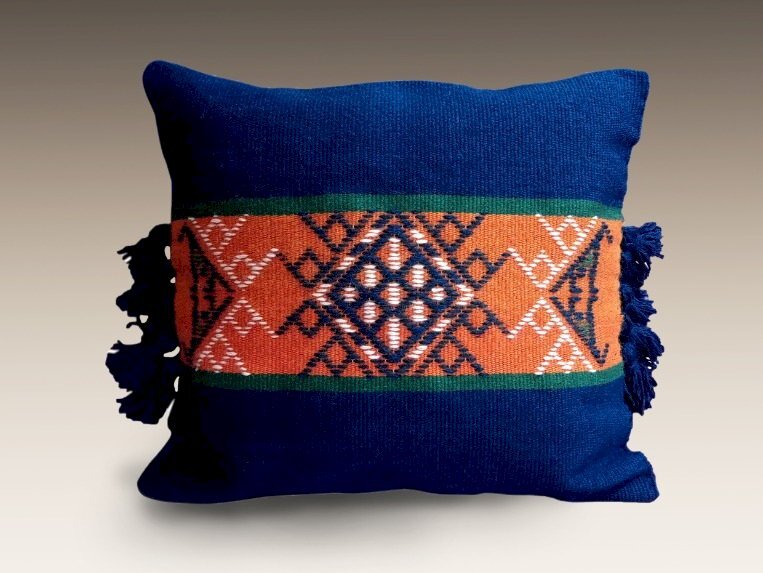National Seal of Excellence awarded to 28 Iranian handicrafts

TEHRAN – The National Seal of Excellence was awarded to 28 high-quality works handcrafted by the natives of the northern Mazandaran province over the past Iranian year (ended on March 20), the provincial tourism chief has said.
The National Seal of Excellence is given to high-quality, selected works to support craftspeople, improve the quality of their works and preserve the originality of this industry, and create sustainable employment.
The handicrafts sales of the province also reached 1.1 million dollars in global markets during the mentioned time, Mehdi Izadi said on Wednesday.
During the time noted, some 40 handicrafts markets were also set up throughout the province, the official added.
An early civilization flourished at the beginning of the first millennium BC in Mazandaran (Tabarestan).
Its insecure eastern and southeastern borders were crossed by Mongol invaders in the 13th and 14th centuries. Cossacks attacked the region in 1668 but were repulsed. It was ceded to the Russian Empire by a treaty in 1723, but the Russians were never secure in their occupation. The area was restored to Iran under the Qajar dynasty.
The northern section of the region consists of lowland alongside the Caspian and upland along the northern slopes of the Alborz Mountains. Marshy backlands dominate the coastal plain, and extensive gravel fans fringe the mountains. The climate is permanently subtropical and humid, with very hot summers.
With 14 entries, Iran ranks first globally for the number of cities and villages registered by the World Crafts Council, as China with seven entries, Chile with four, and India with three ones come next. In January 2020, the cities of Shiraz, Malayer, and Zanjan and the village of Qassemabad were designated by the WCC-Asia Pacific Region, putting Iran’s number of world crafts cities and villages from ten to 14.
Shiraz was named a “world city of [diverse] handicrafts”. Malayer was made a global hub for woodcarving and carved-wood furniture. Zanjan gained the title of a “world city of filigree”. And Qassemabad village, which is nationally known for its traditional costumes, was also promoted to a world hub of handicrafts.
Chador Shab, a kind of homemade outer garment for women, was, however, the main subject for the WCC assessment for the village.
ABU/MG
Leave a Comment